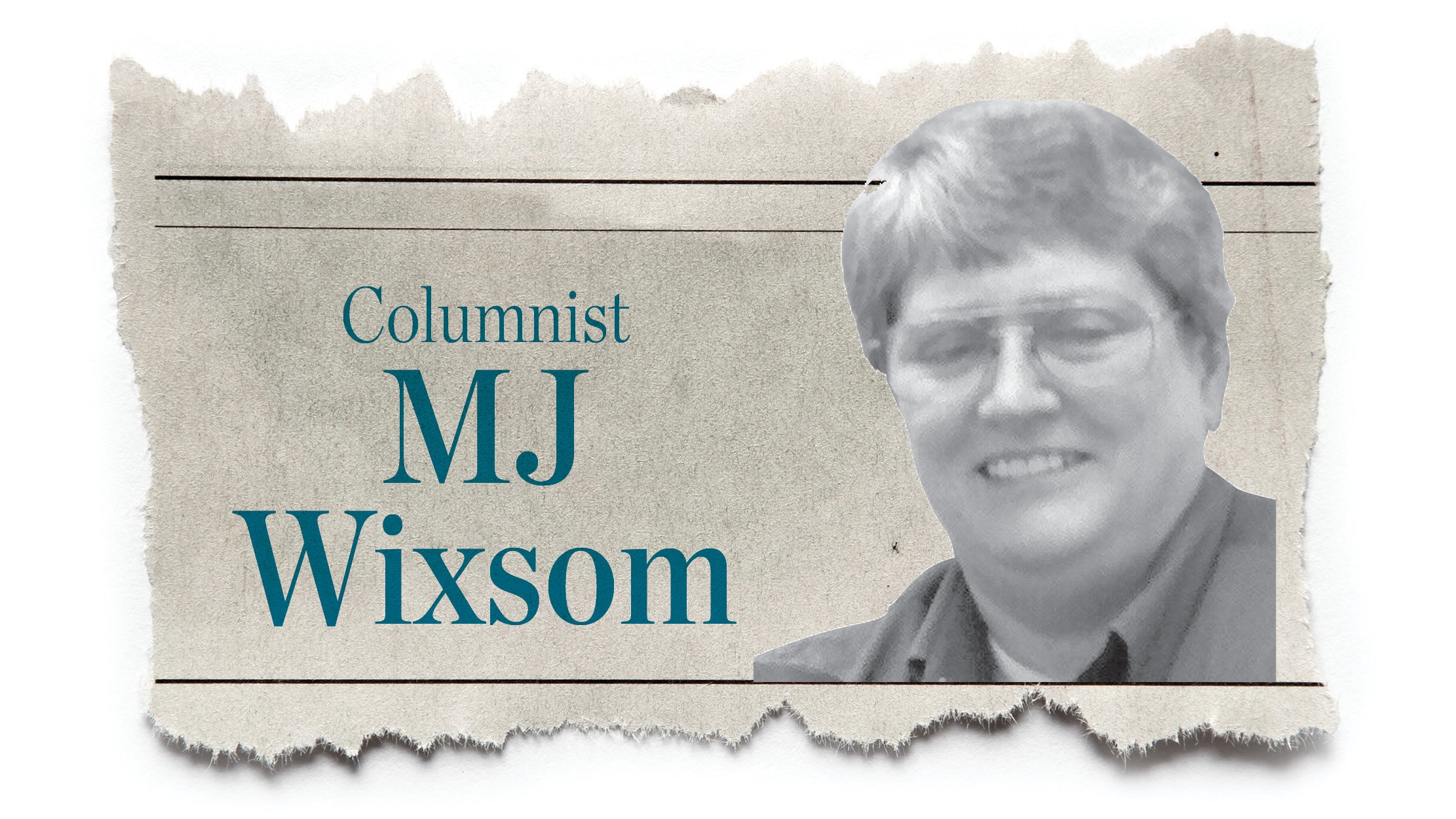Seminar shows officers how to catch drugs
Published 12:00 am Monday, July 12, 1999
William Healy means no offense, but says anyone who considers their community immune to drug dealers, even in towns as small as Ironton, has their head stuck in the sand.
Monday, July 12, 1999
William Healy means no offense, but says anyone who considers their community immune to drug dealers, even in towns as small as Ironton, has their head stuck in the sand.
"We don’t grow cocaine or heroin or LSD here, but somebody is moving it here and using all modes of transportation," said Healy, a 29-year veteran of the Ohio Highway Patrol, now retired.
Offering combat tips against that reality, Healy ran a two-day training seminar in Ironton this week for local law officers.
Although statistics about incoming drugs might seem scary, the point is learning how to stop the drug flow, said Tim Sexton, chief investigator with seminar host Lawrence County prosecutor J.B. Collier Jr.’s office.
"It’s interdiction – criminal patrolling beyond the traffic stop," Sexton said.
Cars packed with drugs enter the county, the city and pass by on U.S. 52 probably every day, so it’s imperative to learn proven steps in stopping those vehicles, he said.
"This is a new area to a lot of officers," Sexton said. "How do I stop the flow of drugs? How do I go beyond a traffic stop?"
Healy suggests starting with a clean slate.
"I don’t know what a crook looks like and neither does anybody else," he said.
Cops get a bad reputation, though, because they think they know – basing traffic stops on sex or race or age instead of following proper procedures and conducting lawful searches, Healy said.
There are clues that indicate the presence of drugs, and that’s what the interdiction class is all about, he said.
For instance, using canine units or obtaining the proper documents can produce evidence that makes for an iron-clad court case, he added.
In the end, the drug trafficker’s deliveries are taken off the streets, Healy said.
Recently, OHP troopers and Ironton police seized 161 grams of crack cocaine during a traffic stop, simply because a trooper saw the warning signs and followed proper stop procedures, Sexton said.
"There’s another case right now in that we’ve received information on two people arrested in Texas," he said. "They had nearly 50 pounds of marijuana stuffed in hidden compartments coming back to Lawrence County with it."
Such cases slow the drug flow, but even Healy doesn’t believe interdiction techniques will completely stop it.
Still, the OHP in the last six and a half years confiscated about 22,000 pounds of marijuana during traffic stops, Healy said.
"So, yeah, it works," he said.
Healy has been the coordinator of the patrol’s Drug Interdiction Team and has trained officers and agents across the country, including the Ohio Attorney General’s office and the Drug Enforcement Administration.


